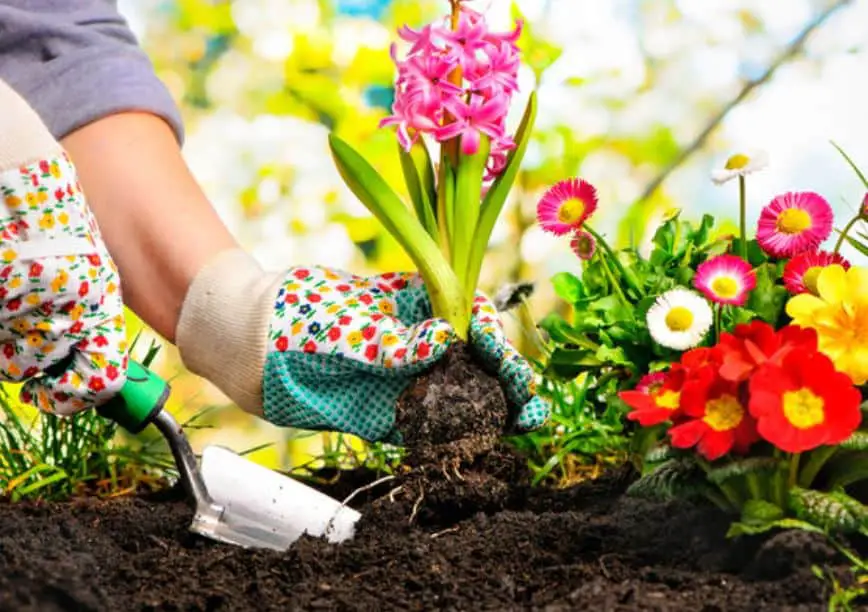Gardening is a science as well as an art. Making the task simpler by completing some homework in advance can help you learn as you go. Read gardening books and blogs to discover more about the science of gardening and the hard facts.

Do your homework
Your local extension office is an excellent place to learn more about gardening in your area. There are one or more land-grant schools or institutions in every state that provide instruction and free training to farmers and backyard gardeners. You can contact a regional office in your county, but the service’s website is also a useful tool.
Other gardeners are a further source. Speak with the neighbors whose gardening you like. They will be delighted to chat with you about gardening and provide advice.
Start Small
A large task that may easily become daunting and uncontrollable is starting from scratch in a garden or remodeling an overgrown garden. Start with little objectives if you are new to gardening for the greatest outcomes.
Work on one area of your garden or garden at a time. Move on to the next project whenever you are satisfied with the outcomes and have unavoidably learned from some blunders.
Always make a plan
For the greatest outcomes, start with a plan since there are many variables to consider while growing plants, like soil type and quality, sunshine availability, drainage, plant compatibility, plant arrangement, and others; this is crucial to success.
Select a spot with healthy, well-draining soil that receives at least six hours of sunshine daily. Avoid regions where water collects after a storm or where many roots make it harder to work in the soil.
Choose plants that will thrive together, and in the circumstances you have. The best species to use are local ones. Make a rough layout for the area. While adjustments are always possible, it is advisable to have a general notion of where each plant will go before beginning the task.
When to Begin Spring Gardening
Spring gardening calls for careful scheduling, which varies by area. Depending on the weather, the timing fluctuates slightly from year to year. Some years, spring comes early than others.
To determine when you may begin planting, look up your region’s typical last frost date. Also, it is critical to understand how tough the plants you employ are. Delicate annuals should be planted later, but hardier perennials and veggies may be able to withstand a late frost.
How to Get Your Garden Ready for Spring
Preparation is key when establishing a spring garden. Before the final date of frost, you may begin preparing the area, but make sure the soil is workable. Working the soil can compress it if it is too damp. A few simple tasks are necessary to ensure the area is prepared for plants:
- Remove any existing plants you do not wish to be there, pluck weeds, and clear the space of stones and other trash.
- Consider ordering a soil test so you can adjust it as needed. For testing guidelines and alternatives, contact your neighborhood extension office. Many provide free testing.
- With gardening tools, aerate and loosen the soil, turning it over to a few inches in depth.
- If you have compost, add some of it. Residents of several cities may get compost for free.
- Follow the directions for when and how to start any seeds for plants inside if you wish to do so.
- Plants should be planted in the ground whenever everything is ready, and the conditions are favorable. Of course, your task still needs to be finished. The area must now be maintained by being watered, fertilized, pruned, and weeded as necessary.
- Beginners have a hurdle with spring gardening, but it is one they can handle and overcome. You can build a lovely spring garden that will flourish through October with the appropriate site, sufficient preparation, diligent effort, patience, and excellent timing.

